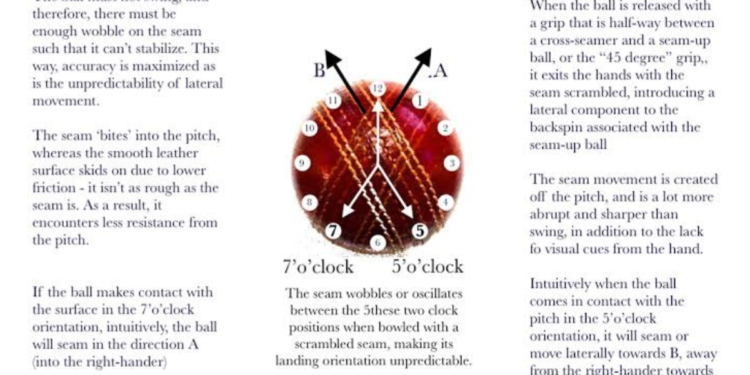Characteristics of First Class Cricket
First-class cricket is a form of the sport that is known for its distinguished traditions and rigorous standards. It is played over multiple days, usually spanning three to five days per match, with each team having two innings to bat and bowl. This extended duration allows for a test of endurance and skill, distinguishing it from shorter formats of the game.
One key characteristic of first-class cricket is the red cricket ball that is used, as opposed to the white ball in limited-overs formats. The red ball is considered more challenging to play under various light conditions, adding an extra layer of complexity to the game. Additionally, matches are often played on traditional cricket grounds with well-manicured pitches that provide a balanced contest between bat and ball, emphasizing the importance of technique and strategy in this esteemed form of the sport.
History of First Class Cricket
First-class cricket has a rich history that dates back to the late 18th century. The first recorded first-class cricket match took place in 1805 between the MCC and Hertfordshire. Over the years, the popularity of first-class cricket grew, leading to the establishment of official competitions and leagues.
The first-class cricket format has evolved significantly since its inception, with matches now played over multiple days instead of the single-day format common in limited-overs cricket. The historical significance of first-class cricket lies in its role as the highest level of domestic cricket in many countries, serving as a breeding ground for future international stars and a showcase of top-level talent.
Significance of First Class Cricket
First Class Cricket holds great significance in the world of cricket as it serves as a nurturing ground for budding talents to showcase their skills and potential. It provides a platform for players to prove their mettle, earn recognition, and eventually make their way into international cricket. Many legendary cricketers have honed their craft in first-class cricket before making a mark at the international level.
Moreover, first-class cricket plays a crucial role in maintaining the rich tradition and history of the sport. It upholds the values and ethos of cricket while also preserving the legacy of various cricketing nations. The competitive nature of the games ensures that players are constantly challenged, helping them develop their game and prepare for the rigors of international cricket. This format of the game also allows for the cultivation of sportsmanship and camaraderie among players, contributing to the overall spirit of cricket.
Format of First Class Cricket Matches
First-class cricket matches are typically played over four days, with each team getting a chance to bat twice. The format consists of two innings per side, where the team that scores the most runs across both innings is declared the winner. This extended duration allows for strategic gameplay, with teams having ample time to construct their innings and potentially make a comeback even after a poor start.
The structure of first-class matches also includes intervals for lunch and tea, providing players with essential breaks to rest and strategize during the course of the game. Additionally, matches can end in a draw if there is not enough time to complete both innings due to factors such as weather interruptions or slow over rates. This format not only tests the skill and endurance of players but also emphasizes the importance of resilience and adaptability in the face of unforeseen challenges.
Difference Between First Class Cricket and Other Formats
First-class cricket stands out from other formats due to its longer duration, typically spanning over multiple days. Matches are played for four days or more, allowing players more time to showcase their skills and adapt to various conditions. This extended gameplay requires greater endurance and strategic planning compared to shorter formats, where the pace is faster and decisions must be made swiftly.
The emphasis in first-class cricket is primarily on building an innings and accumulating runs steadily, rather than high-risk aggressive shot-making seen in shorter formats. Patience and resilience are key attributes for players in this format, as they need to wear down the opposition over longer periods. Additionally, the pitch conditions play a crucial role in first-class cricket, as bowlers rely on the track deteriorating to extract maximum advantage as the match progresses.























